Canon is no stranger to cameras with high megapixel counts. In the DSLR world, Canon pushed the EOS 5DR and 5DSR — two 50-megapixel beasts — that were groundbreaking at that time. Since then, Canon has been a little more modest; however, this could soon change.
A recent post on Canon Rumors suggests that Canon may release an RF mount 100-megapixel full-frame camera early in 2023. Of course, this is pure speculation. However, I wouldn’t be surprised if this was true.
It’s not the first time we’ve heard about a potential Canon mirrorless full-frame camera sporting a huge sensor. A full-frame camera with a sensor like this would be a technological feat that will come with a humongous price tag, but do we need so many megapixels? Are we prepared to deal with the downsides of a camera with such a large sensor? Let’s talk about that.
How many megapixels do you need?
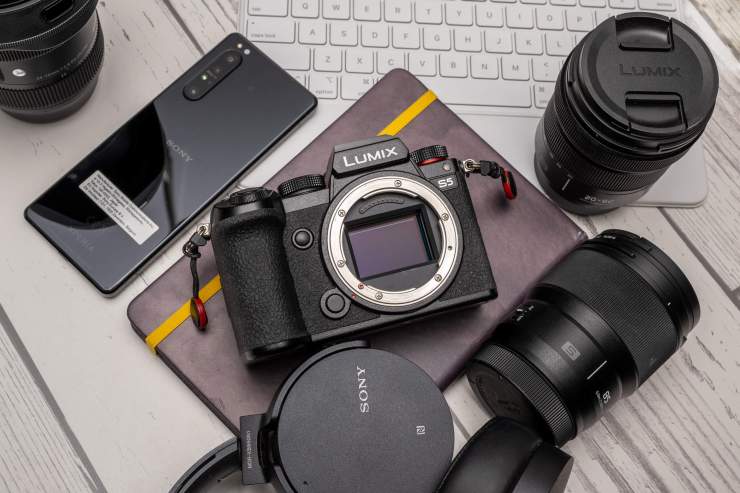
The answer is that it depends on the type of work you do. If you’re a fashion photographer, a fine art photographer, a landscape photographer, or a photographer who needs to capture insane amounts of detail, then yes, you likely need more megapixels to satisfy your pixel-peeping clients’ needs. However, the need to go above 24-36-megapixels isn’t there outside these genres.
A 24-megapixel full-frame camera — like the Panasonic Lumix S5 — is more than capable of producing images that can be printed effortlessly at 20×30. That’s a giant print, and it’s a size that most photographers out there never print. I’ve had very few clients who have ever wanted a print this size. Even clients who are print happy hardly ever request images above 11×17.
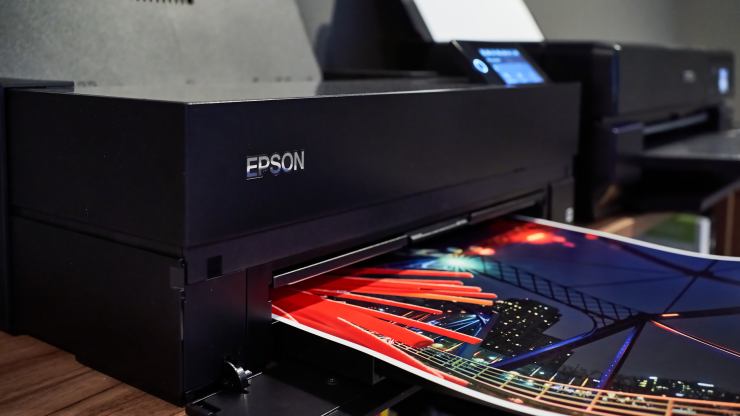
The fact is, most photographs these days aren’t printed in extreme sizes; heck, most images aren’t even printed at all. Instead, they’re used in magazines, on billboards (where the resolution they’re printed at is much smaller than you’d expect), or they’re just published online, where compression takes its toll.
If you shoot with a high megapixel camera and the images are just shared online, all of that resolution is wasted. So, unless you fall into a tiny niche, then the answer is you probably don’t need a camera with so many megapixels.
More megapixels = low light/high-ISO problems
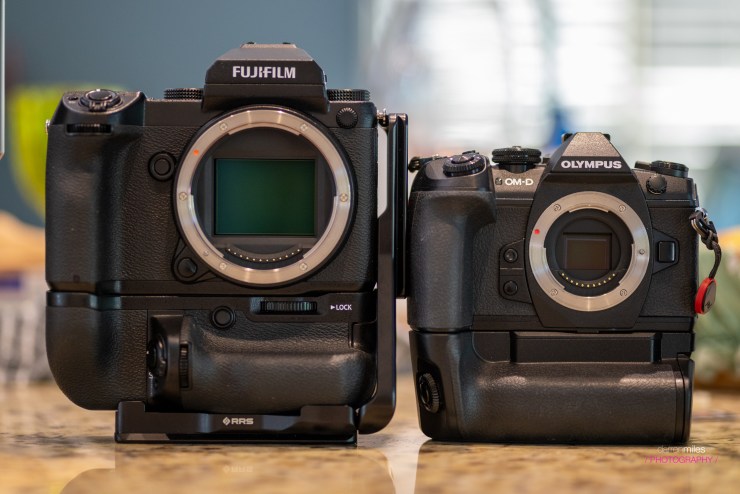
I’m not saying there is no need for such high-megapixel cameras. Some creators do genuinely need more megapixels. However, most photographers in this realm will lean on Medium Format cameras, not full-frame cameras, and there’s a good reason for this. You can’t beat physics.
The sensors in full-frame cameras only have so much space to fit all those pixels. When pixels are so cramped, the photosites have to be smaller. Smaller photosites gather less light, which introduces noise.
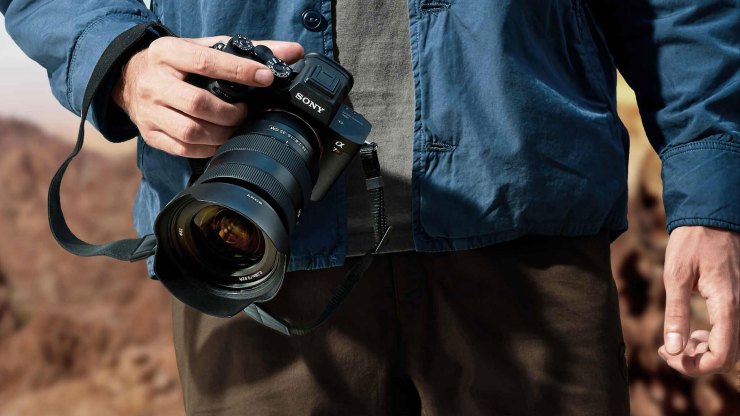
Look at the 61-megapixel Sony a7r IV. The low light performance is worse when compared to the 42-megapixel a7r III. Then look at the Sony a7s III. This full-frame camera has just 12-megapixels, but the low light performance is astonishing thanks to the huge pixel photosites. I have shot this camera at ISO 102,400, and the images are still clean. Physics matter.
Performance issues are likely why speculation surrounding the full-rame Sony a7r V suggests that this camera will stick with a 61-megapixel sensor. I am sure that a stacked sensor will help somewhat with low light performance. Still, there must be a limit on how many megapixels you can cram into a full-frame sensor before you see diminishing returns.
Increased processing power, more storage needs
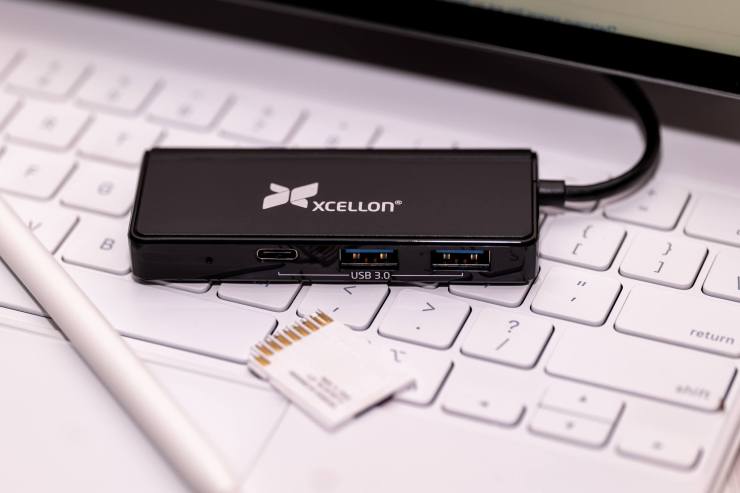
On top of the low-light/high ISO issues, more megapixels will require creators to invest in more powerful computers. My M1 Mac can breeze through RAW files from the full-frame 45-megapixel Canon EOS R5. However, I imported a Fujifilm GFX100S file and I encountered stutters galore.
The other thing we all need to be aware of regarding higher-megapixel cameras is just how much more storage space is required. You’ll need bigger CFexpress cards, which are already pricey. Bigger UHS-II cards, which can cost a small fortune, will also be required. You’ll need bigger, faster NVMe or SSD storage in your computer as well. Are you prepared to shell out for that?
It’s not all bad
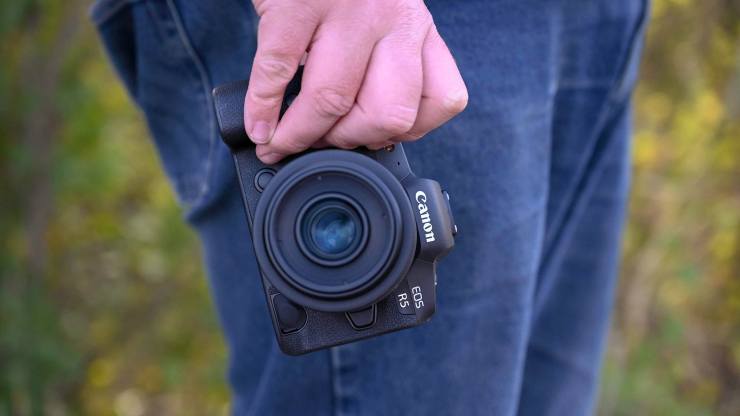
Let’s make something clear here. I am not opposed to high-megapixel cameras, whether they be full-frame cameras, APS-C, Medium format, or anything else. There’s a need for them. If you need one, you need one. Being able to capture minute details and being able to crop without your image degrading is fantastic. However, these cameras are not meant for everyone. As mentioned above, somewhere between 24-36-megapixels is the sweet spot for most creators out there.
I know many photographers out there will rush out to buy a Canon — or any other brand high-megapixel camera — because they love the tech more than anything else, and that’s fine. Do what makes you happy. However, don’t think that more megapixels automatically means better. More megapixels certainly won’t make you a better photographer.
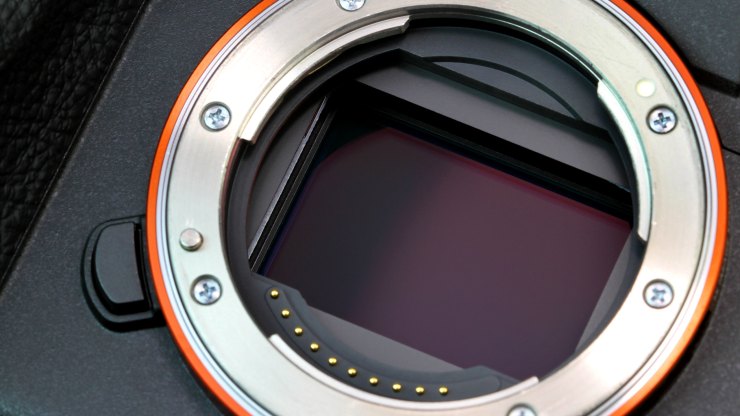
The push for more megapixels is a marketing ploy more than anything. It’s an easy number for companies to throw around to show how much ‘better’ or more ‘advanced’ their cameras are than the competition. They want every photographer and creator to buy their cameras. Still, I wouldn’t recommend going and buying one without first considering the downsides.
Do you need that many megapixels for your work, or do you just want a 100-megapixel camera so your Instagram images can look the same as everyone else’s when they get compressed to 1080×1080 pixels? Buy the camera that’s right for you and your work. Don’t buy just because of the hype surrounding new tech. If you do, you might chew off more problems than you’re ready to deal with.
Tell your story with the second annual Visual Storytelling Conference!
Experience four days of interactive, online training sessions featuring a range of educational content with experienced photographers and content creators. This free event kicks off with a series of technical boot camps to build essential skills, followed by live, online sessions on photography, video, business and social media. Join live from March 10-13, 2022!
